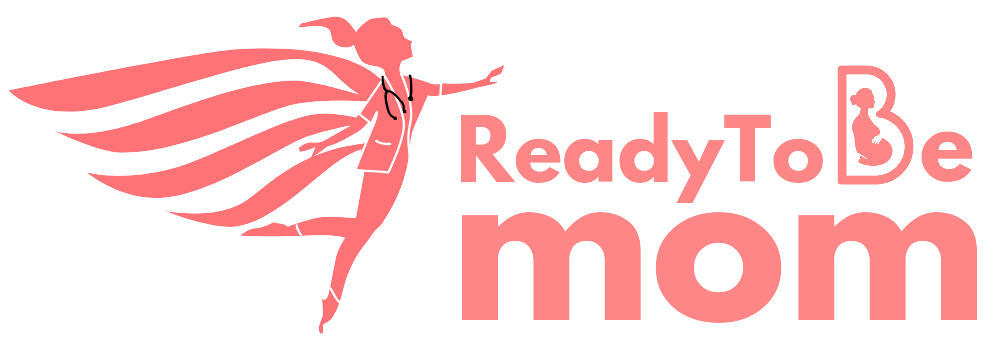Preeclampsia is a pregnancy-related high blood pressure disorder. In preeclampsia, the mother’s high blood pressure reduces the blood supply to the fetus, which may get less oxygen and fewer nutrients. It typically occurs after the 20th week of pregnancy.
It can be dangerous for both the mother and the baby. It can cause complications such as fetal growth restriction, which can result in slower growth and a lower birth weight or placental abruption. If preeclampsia is severe, doctors may need to deliver the baby early to protect the health of the mother and the baby.
Other symptoms of preeclampsia evident in the mother –
- Excess protein in urine (proteinuria) or other signs of kidney problems
- Decreased levels of platelets in blood
- Increased liver enzymes that indicate liver problems
- Severe headaches
- Changes in vision, including temporary loss of vision, blurred vision or light sensitivity
- Shortness of breath, caused by fluid in the lungs
- Pain in the upper belly, usually under the ribs on the right side
- Nausea or vomiting
Ways to prevent preeclampsia –
- Use little or no added salt in your meals.
- Drink 6-8 glasses of water a day.
- Avoid fried foods and junk food.
- Get enough rest.
- Exercise regularly.
- Elevate your feet several times during the day.
- Avoid drinking alcohol.
- Avoid beverages containing caffeine.
If left untreated, preeclampsia can be life-threatening for both the mother and baby. It’s essential for pregnant women to attend all prenatal appointments and to report any symptoms of preeclampsia, such as high blood pressure, swelling, headaches, or changes in vision, to their healthcare provider immediately. With prompt diagnosis and treatment, most women with preeclampsia can have a healthy pregnancy and delivery.
Read more:
Can sex during pregnancy cause miscarriage?





